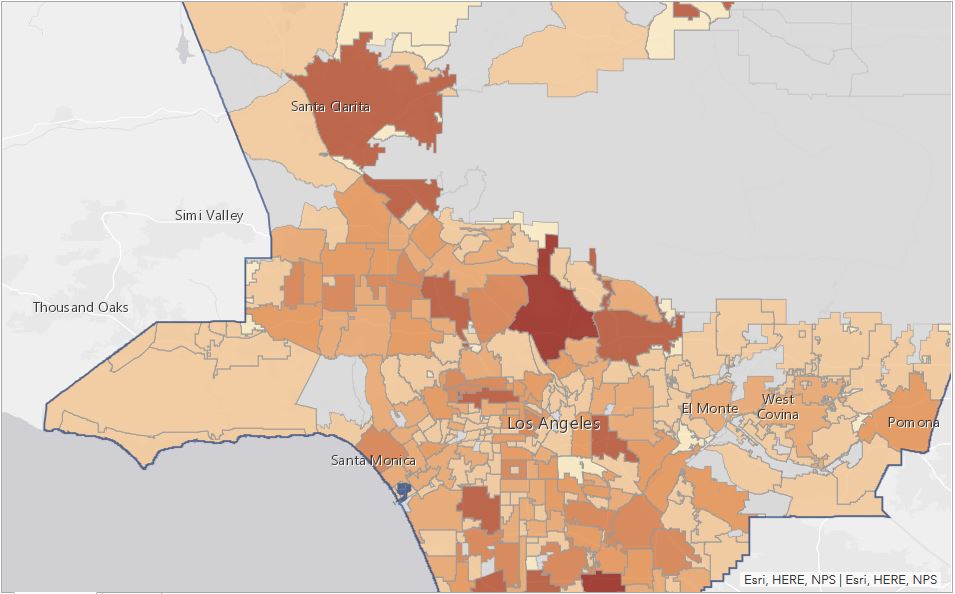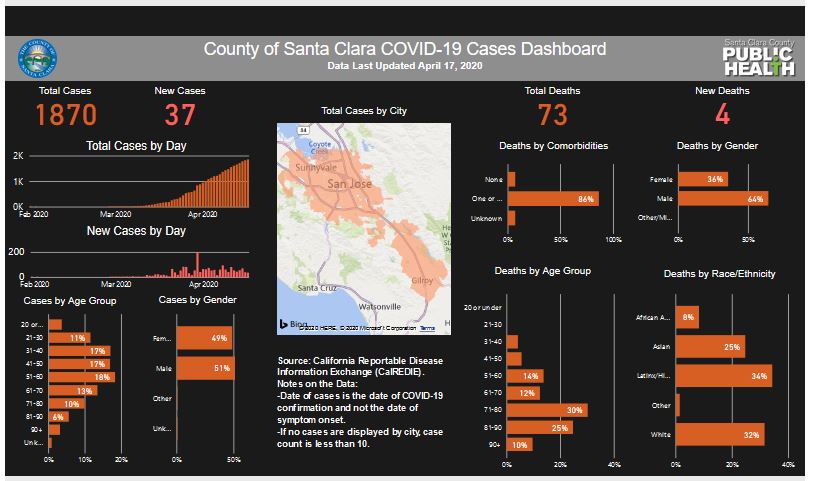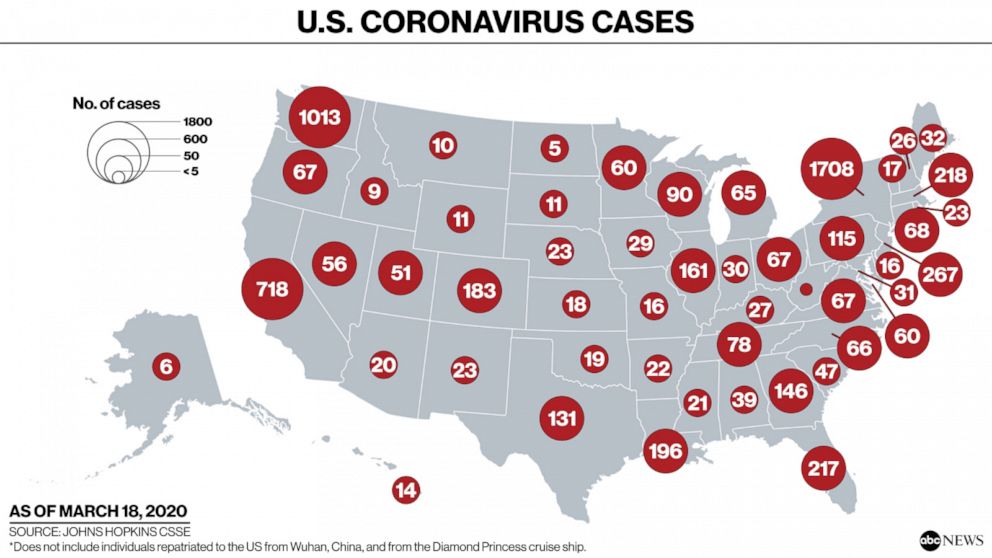Los Angeles County is now the second county to show that the number of people actually infected with Covid 19 is much, much higher than previously expected. This is very good news. It means that most of the people who were infected with virus had no or mild symptoms. They only found out they were infected after the antibody test. Covid 19 Tests: What we can and can’t say.
Yesterday, I wrote about a Stanford study of 3300 people of Santa Clara County that found the actual number of people infected with Covid 19 was between 49000 and 81000 people. This is 50 to 80 times higher than the 1820 of confirmed cases reported. This was one of the first areas in the US to report antibody testing that can indicate if the person was ever infected by Covid 19 (whether the person knew it or not). If this trend continues, the fatality rate will much, much lower than expected. Covid 19. How many people are actually infected? Santa Clara County
Today, researchers at USC and the Los Angeles County Department of Health released results from a study of people in Los Angeles County. Their results show that approximately 4.1% (2.8-5.6) of the adult population had the antibody for Covid 19 indicating that they had been infected. This translates to between 221000 and 442000 have been infected. Currently, there are 7994 confirmed Covid 19 cases reported for LA County. This means that the actual number of people who were infected is 28 to 55 times higher than previously known. This makes the fatality rate between .2 and .3% – much lower than the 3-5% number based on confirmed cases alone.
This is now the 4th report of larger scale antibody testing along with, Santa Clara County, California, Robbi Italy, and Gangelt, Germany. In every case, the number of people who were infected was 25-80 times higher than previously thought. This has several implications. One is the question of how effective sheltering in place was. With only 8000 cases confirmed (before this study) it appeared that sheltering in place was very effective in a county with nearly 10 million people in it. However, if several hundred thousand got infected anyway, the effectiveness of sheltering in place must be examined. The second possible implication is that Covid 19 is not 10x more deadly than the seasonal flu.
These are only 4 specific areas, but the results are amazingly similar. This is overall great news. It means that the vast majority of people who are infected have no or minor symptoms. It does not take away from the sadness and loss of the thousands of people who died from the virus, but it does place a different perspective on the disease that is very different from just a month ago.
A key unknown is how the presence of antibody corresponds with actual immunity from further infection. It is not known if someone with the antibody is immune or how long the immunity lasts.
The world wide research is amazing. However, read carefully as not all studies are rigorously and the limitation of each study are not always publicized. The Stanford and USC studies just represent the very tip of the research iceberg on antibody testing.
In the meantime, keeping social distancing and washing your hands often remain good practices regardless of what these research studies report.


